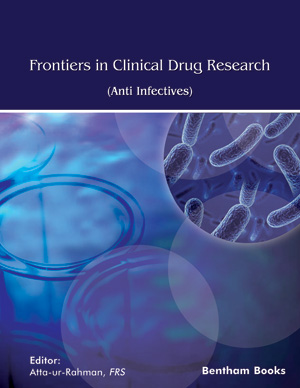Abstract
Nematode parasites cause several neglected tropical diseases in humans such as lymphatic filariasis, onchocerciasis (river blindness), and soil-transmitted helminthiasis. Approximately 30% of the human world population is infected with at least one parasite and this prevalence could be even higher in rural areas and lowincome countries. Although nematode infections are rarely lethal, they are associated with morbidity and severe consequences, particularly in children.
There are several concerns about the management and treatment of these diseases. Currently, the repertoire of nematocidal agents is limited, and these drugs are not 100% effective against all nematode parasitosis. In addition, the extensive use of these few drugs in massive administration campaigns in humans would probably lead to the development of resistance very soon. Further worsening the situation, the interest of the pharmacological industry in developing novel anthelmintics is low since these infections are mostly endemic in poor countries that do not constitute a profitable market. Under this alarming scenario, there is an urgent need to develop new and broad-spectrum antiparasitic drugs.
Traditional preclinical drug discovery is a long, expensive, and complex process. Thus, innovative strategies and alternative models, such as the free-living nematode Caenorhabditis elegans, are required to reduce costs and accelerate times. Its genetic amenability and the feasibility of performing high-throughput screening assays, convert this nematode into an excellent platform for nematocidal drug screening.
This chapter summarizes the current situation on antiparasitic drug discovery and discusses the use of C. elegans at the initial steps of drug development to accelerate the appearance of new drugs.
Keywords: Anthelmintic Drugs, C.elegans, Drug Development, Intestinal Infections, Neglected Diseases, Nematode Infections, Parasites, Tissue Infections.






















